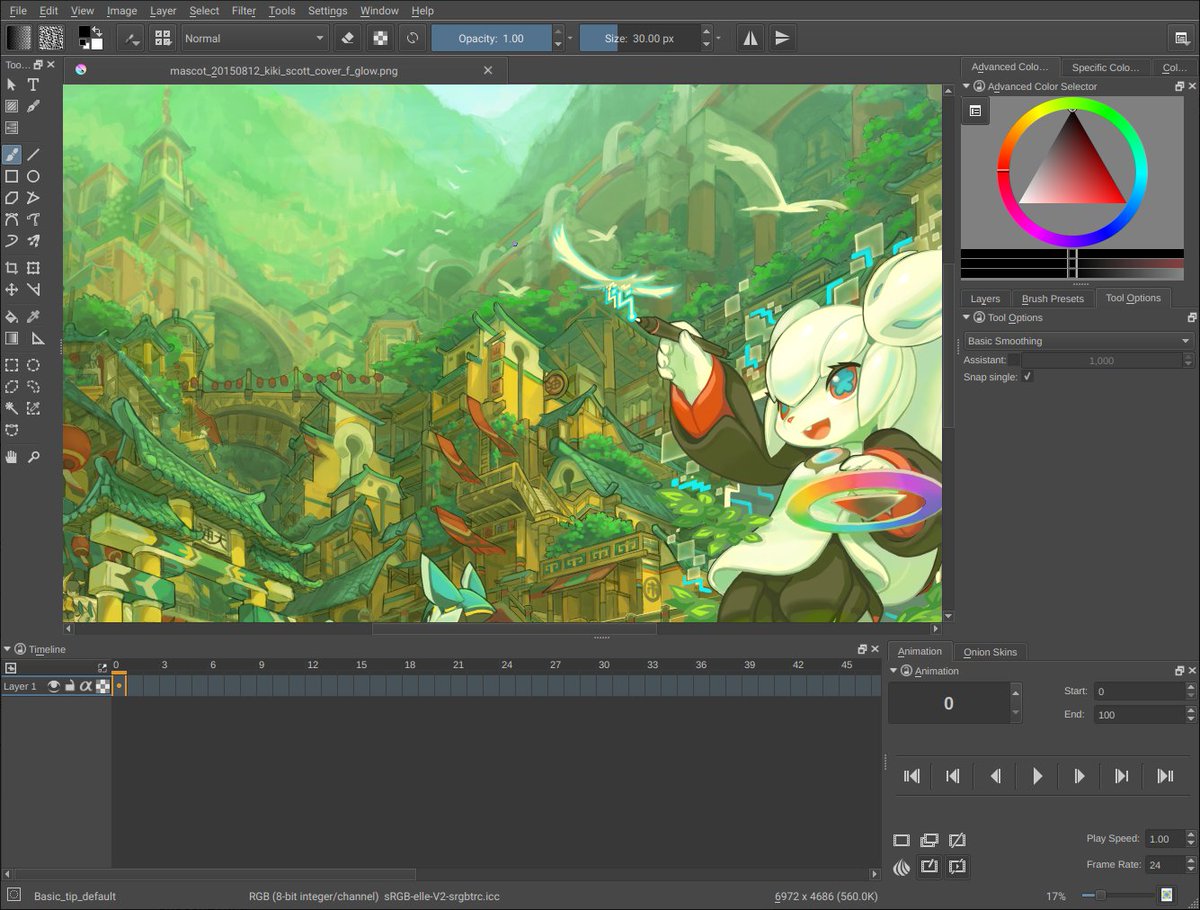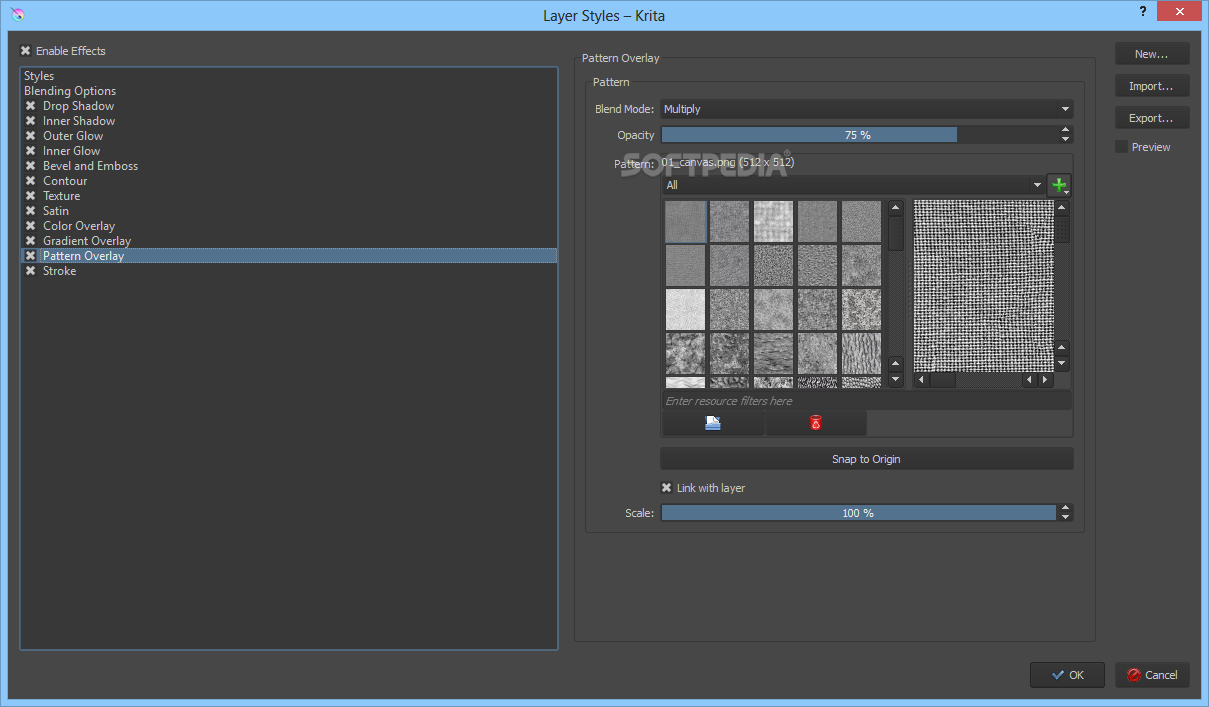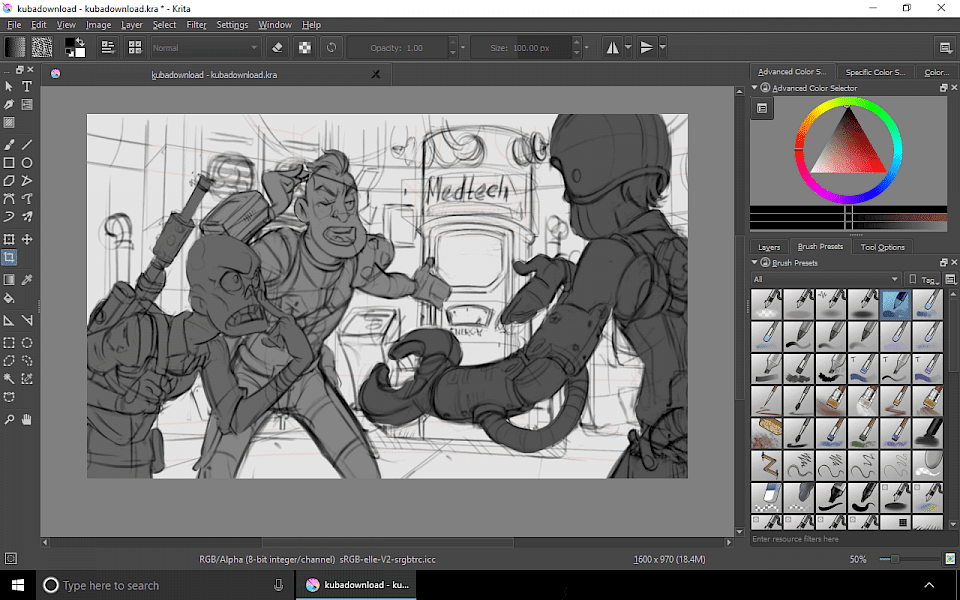

Krita is usually in the Software Manager or Synaptic Package Manager (SPM) which I would still recommend installing from there along with any recommended and suggested packages you may want, even if you decide to use their newer AppImage and create a second Application desktop shortcut icon ( I usually add "ai" for AppImage for these like "Krita ai" or "Krita-ai" to tell the difference between them) I just read your post and the good replies to it. So it's not going to use the same theming as your regular desktop apps, and AFAIK there's no way to fix it that'd be remotely worth the effort. Appimages are an attempt to get around the Linux problem of having too many distros/packaging systems/libraries and the way they do it is to practically include a Linux runtime environment within. After making it executable I just made a soft link of the appimage file to the desktop and ran it from there.īut don't expect it to LOOK exactly like your other programs when you run it. I don't have any appimages at the moment but I used to run an Avidemux one. Here's a good explanation which shows how to make it executable: But I don't think this is quite the same thing. Well, Linux is like OS X in a lot of ways because they're both Unix based. What does 'integrate Krita to the desktop' mean? Is it the same than in Mac OS dragging a program to the applications folder? Once a brush is configured, it can be save and organize into Krita's unique tagging system.Yes that's the name of the file I downloaded. Each brush engine is made to satisfy a specific. Adjustments - Offers different blending mode (Color, Dodge, Lighten, Multiply, Overlay)īrushes can be customize to work with various brush engines whom offers many settings.They help to blend colors, blur details, or add style on a painting. Blender - Interacts with the colors already on the canvas.

Good at simulating a fringe caused by the pigments and various effects. Watercolors - Partially simulates watercolor texture.




 0 kommentar(er)
0 kommentar(er)
